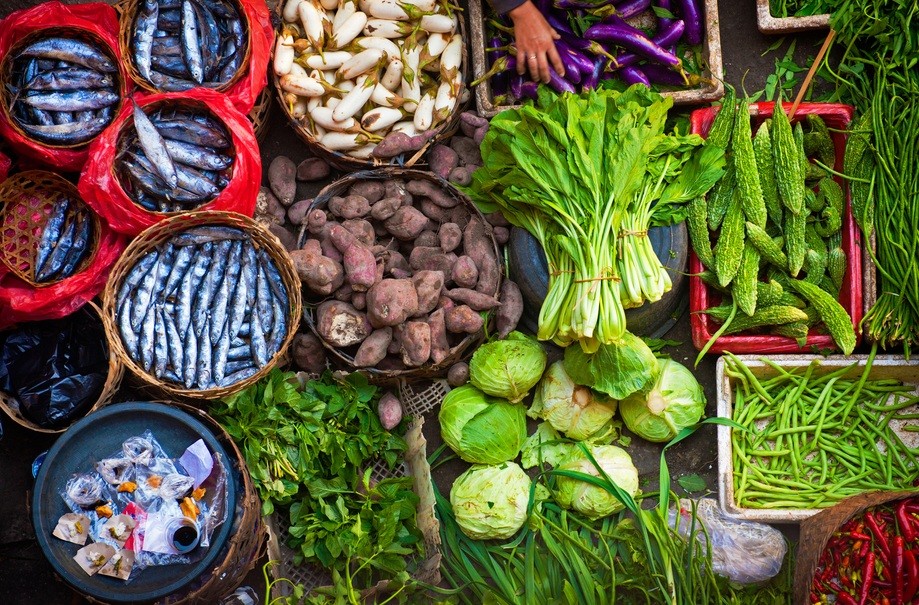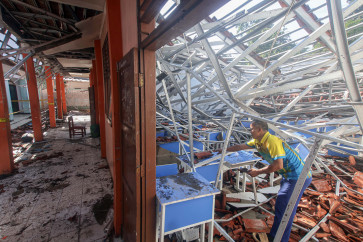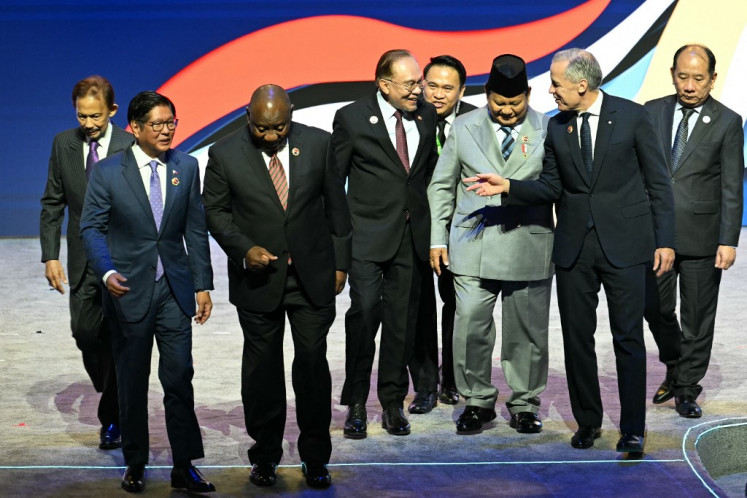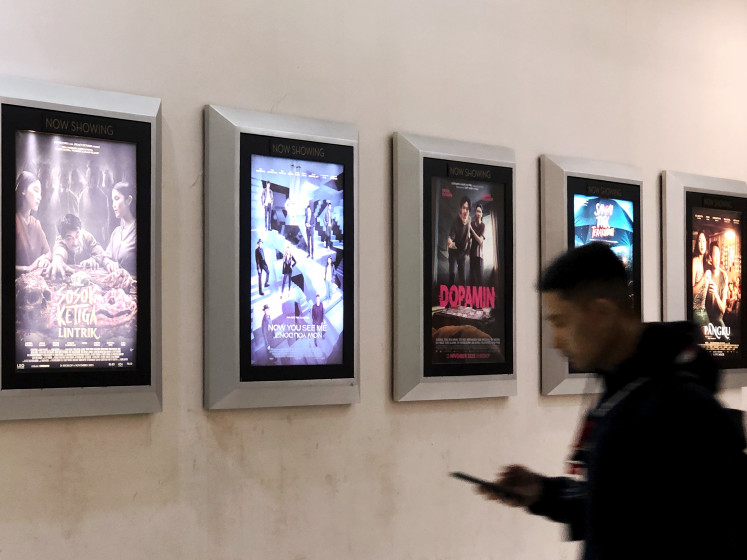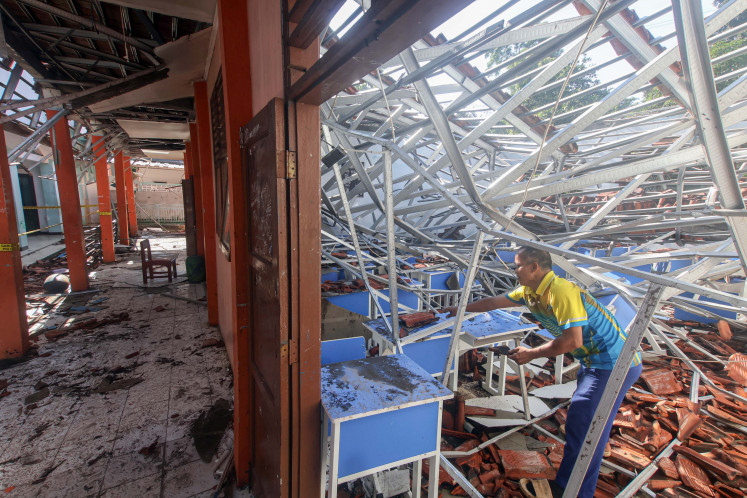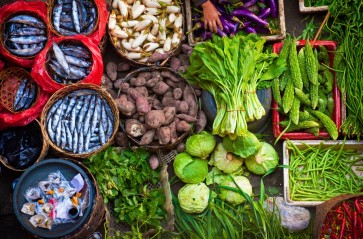Popular Reads
Top Results
Can't find what you're looking for?
View all search resultsPopular Reads
Top Results
Can't find what you're looking for?
View all search resultsWho buys from modern grocery retail stores?
Traditional stores given their small size cannot compare with large stores in terms of product variety.
Change text size
Gift Premium Articles
to Anyone
A
century ago, the self-service grocery retailing format was born. It was considered “modern” because relative to full-serve mom-andpop stores, consumers could touch and feel a vast selection of products in a clean and pleasant ambience, and complete the shopping experience without having to interact with a storekeeper.
Fast forward to today. The mention of modern retail might conjure up images of online ordering and doorstep delivery of any item you need to make dinner. Indeed, online food retailing is growing fast in much of the western world, but is yet to pick up steam in much of Asia.
And what is considered modern in one country may be viewed as traditional in another. For instance, while self-service large format stores are a common sight in some Asian countries like Singapore, they are a fairly new phenomenon in emerging Asian markets as India, Indonesia and the Philippines. Despite their fast growth, large format selfservice grocery retailing still occupies a small share of the overall grocery retail pie in many parts of the developing world.
My research at the National University of Singapore Business School involves studying modern grocery retail in developing markets. Along with my co-authors Vithala R. Rao and K. Sudhir of Cornell University and Yale School of Management respectively, we attempted to ask a simple yet unanswered question. In counties dominated by small mom-and-pop stores for centuries, who adopts modern grocery stores and why?
Conventional wisdom would suggest that rich households would be the first to try out such innovative stores. After all, they have greater disposable income. Many of them also seek greater variety than poorer families for whom spending within a budget might be more important.
Traditional stores given their small size cannot compare with large stores in terms of product variety.
Moreover, given a choice between rich and poor consumers, marketers the world over have often preferred to serve rich consumers. For this reason modern stores often tend to be located in relatively affluent neighborhoods — making it more convenient for richer consumers to reach them.

